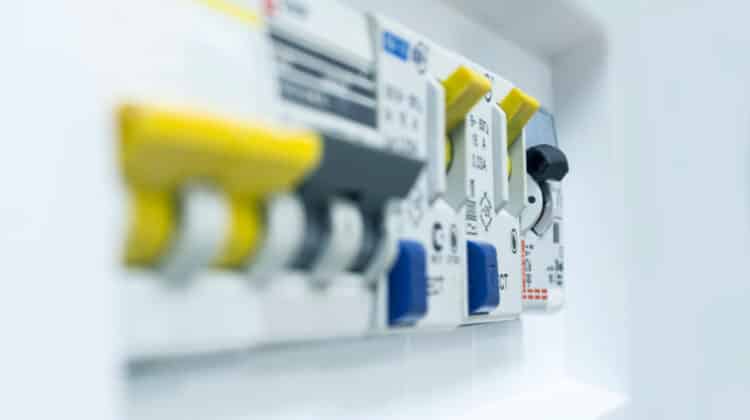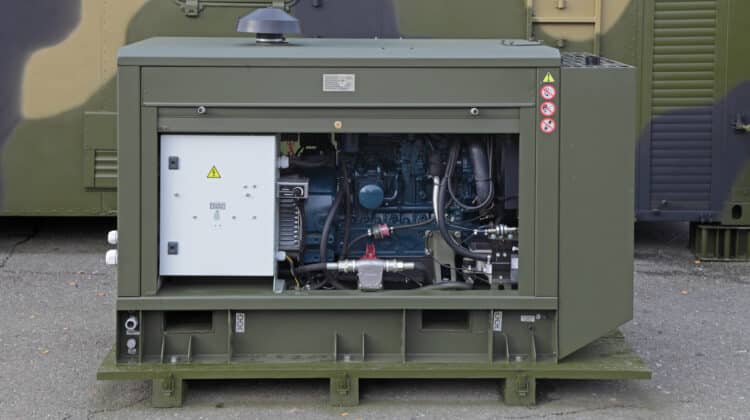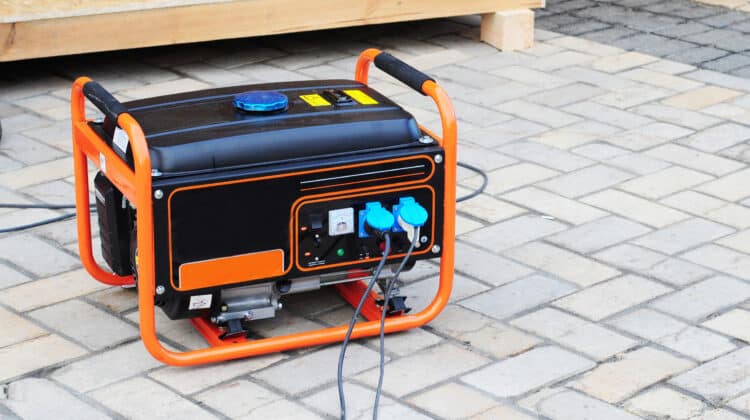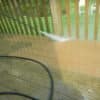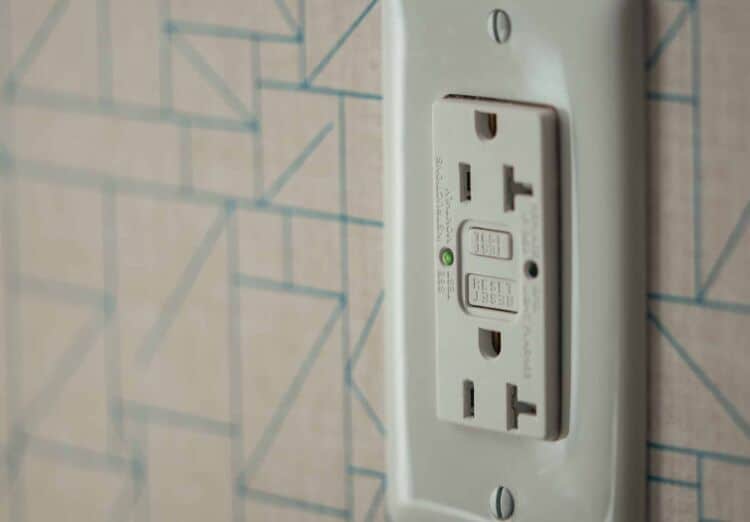
If you have a tripping generator, then you know how frustrating it can be.
Finding the way out is even more frustrating- everyone seems to know what you should do, and yet nobody has a solution.
Well, here is the solution; a GFI transfer switch is the answer for a tripping generator that has a bonded neutral.
If your openings are fully GFCI protected, then the switch can help keep the circuitry from tripping.
Table of Contents
Choosing the perfect transfer switch
It is longer challenging knowing which transfer switch is compatible with a generator. You can get a controller based on the kind of generator you have.
For instance, you will require a three-pole GFI switch for a bonded neutral one that has the protection of GFCI. However, that kind of generator is incompatible with a two-pole transfer switch.
A bonded neutral generator without a GFCI will perfectly match with a standard transfer switch. But it is still compatible with the three poles.
And the same applies to a floating-neutral generator.
Meaning of ‘ground’
Electricity always tries to find a way of releasing its electrons while it follows the least resistant path.
The earth is one such path. And current flows following this path whenever there is a lightning strike or a short circuit.
If you are on its pathway, the electric current shall flow through you to reach the earth.
That is where a grounding wire comes in. you can connect it to a grounding rod and bury it.
The wire will route electric currents away from a person and prevent shocks. It is usually either green or bare copper.
Bonded versus floating neutrals
If you can’t help but wonder what the two terms mean, then here is your answer.
Neutral wires act as components of the circuit and route stray current back to its source. These wires are what you may refer to as too grounded, which is why they are also known as grounded-neutrals.
A neutral wire connects to the generator’s casing in bonded-neutral generators. However, in generators, the neutrals avert from the initial origin and instead attach to the ‘first means of disconnect.’ That is for safety purposes.
That way, the electricity flows flawlessly across the conductors, and it conveys to a single bonded location. It eliminates the need to connect the generator to the ground twice, which is less effective and causes the danger of stray voltages.
Floating neutral generators require a connection to the panel neutral. That is because the neutral circuit does not connect to the generator’s casing and is not grounded either.
In the receptacles, both the neutral and hot are ‘hot.’ They allow electrical currents to link with the generator casing at the same time in the event of a short circuit.
That way, they both assist in reducing the risk of shocks.
The meaning behind the acronym GFCI
The GFCI switch prevents tripping by the outlet and reduces the ground loop. The acronym stands for ground-fault circuit interpreter.
You can use most built-in GFCI’s from transportable generators to protect the vents 120V, 15/20A found in most households.
However, you cannot use the same switch for openings used in connecting home transfer switches such as the 120/240 vents.
Only use the GFI transfer switch if your generator is entirely GFCI secure.
The 120/240V vents are GFCI secure, and it may trip your circuit or form a ground loop if you do not use a GFI switch.
How to know if your generator GFCI has a bonded-neutral
There are several ways of knowing whether your generator is GFCI secure. You can refer to the owner’s manual or check out the front panel.
But don’t worry if you can’t find the owner’s manual. Feel free to visit our website to find the information below the specifications tab. Or use the lookup tool to find the owner’s manual.
Disconnecting your generator
This act is not only dangerous but also against several rules. And as such, you should never disconnect your bonded neutral generator manually.
Besides, it will annul your manufacturer’s warranty.
Conclusion
A GFI transfer switch comes with numerous perks. For one, you will be GFCI secure whenever you use your generator.
And you will no longer have to worry about tripping because the transfer switch allows you to link to the main panel of your home.
